Ultra Street Fighter 2 – The Final Challengers Review
Ultra Street Fighter 2 – The Final Challengers
Can the Switch handle a brawler without a D-Pad?
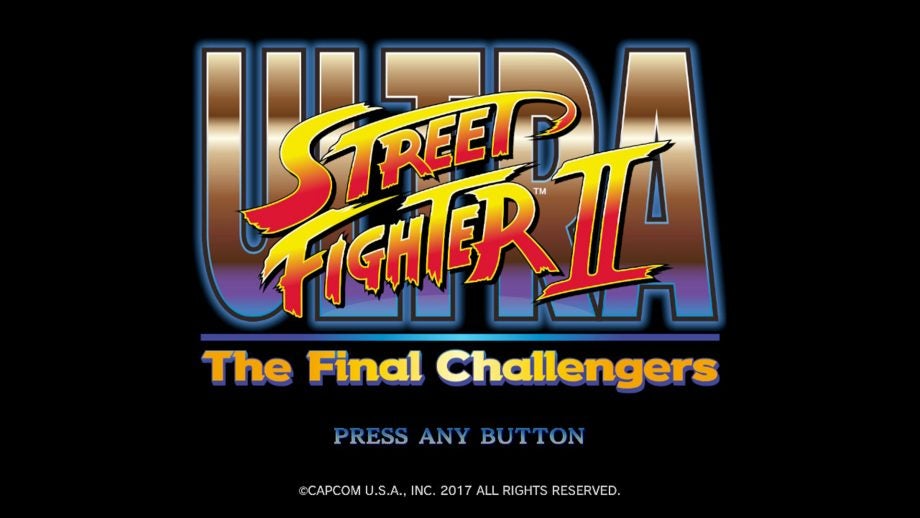
Verdict
Pros
- Option for updated graphics and audio
- Satisfying as it was 20 years ago
- Buddy Battle mode is a fun addition
Cons
- Way of the Hado mode is a bit pointless
- Joy Cons aren't suitable for fighting games
- Expensive for a remake
Key Specifications
- Review Price: £35.00
- Choice of 16-bit or HD graphics
- Buddy Battle co-op mode
- Way of the Hado first-person mode
- Platform: Nintendo Switch
- Release date: May 26
Available on Nintendo Switch
Street Fighter 2 was one of the first games I ever played, and in my opinion it remains one of the best fighters ever. Sure, sequels and rivals offer flashier graphics and gimmicks, but sometimes, the simplest things are the best.
This is why the game has been remade and refreshed countless times for multiple platforms, and I have bought many editions over the years. So do I want to play and write about what’s billed as the ultimate, upgraded version? Hell, yes.
But there’s no getting away from the fact that this is essentially a 30-year-old game. As welcome as it is on the Nintendo Switch, is it worth the £35 price tag?
Related: Best Nintendo Switch Games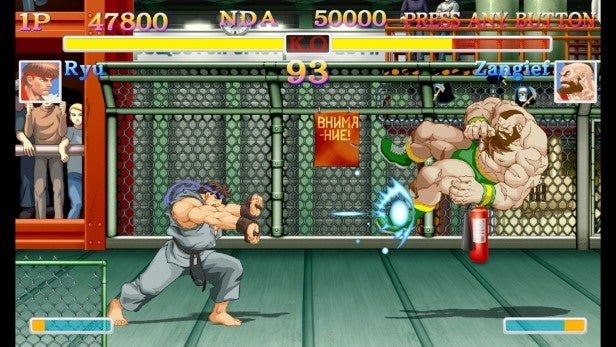
Capcom has added a few new elements to keep things fresh. The most significant for me is the choice of graphics modes. These let you flick between the pixellated goodness of the 16-bit era and clean HD.
It’s a nice touch, and of course at first I opted for the version of my childhood. Nostalgia is a fickle beast, however: while I enjoyed the outdated look, cropped to 4:3 aspect ratio, it wasn’t long before I switched over to HD.
Related: Upcoming Nintendo Switch Games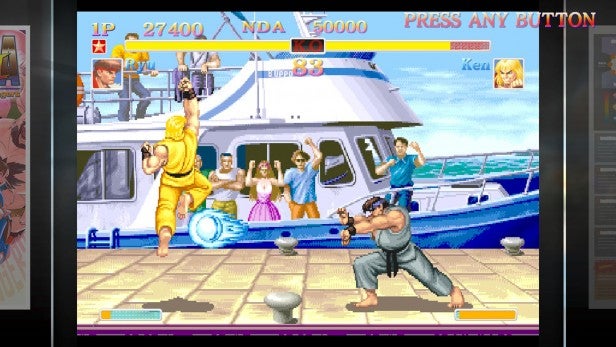
It’s beautifully drawn with a Manga-inspired aesthetic. Everyone is unbelievably hench, but it’s still a fairly subtle style that isn’t distracting – unlike the Microsoft Paint approach found in Street Fighter IV. You can also choose updated audio with new voices and an updated soundtrack, or stick with old-school MIDI chip tunes. It feels slightly wrong to modernise the audio-visual experience entirely, so I tend mix and match. Old looks with jazzed up sound, or high definition with old-school sound.
Whichever you choose, the main attraction is much the same: a brilliant 2D brawler with supernatural elements. That is, fists and feet most of the time, until somebody pulls a flying headbutt or generates electricity. There are 19 characters now, including Evil Ryu and Violent Ken. Everyone has their own list of special moves, which can be both fun and frustrating to learn, but immensely satisfying to execute.
The paper-thin plot remains the same, with brief blurbs about seeking honour or world domination as an excuse to fling fireballs and jump-kick one another. I much prefer this to the nonsensical ‘serious’ stories seen in Tekken. Less talk and more uppercuts is the way forward, thank you.
Related: Best Fighting Games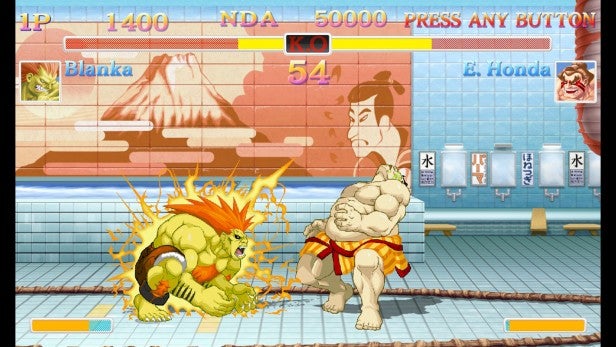
The Solo arcade mode is exactly that, but two-player offers some variety. There’s a Buddy Battle mode that lets you team up with a friend and fight CPU opponents together. Or you can team up with the CPU to fight a much harder AI foe. It’s chaotic, but right now it’s the closest thing there is to Super Smash Bros on the Switch.
The most bizarre addition is ‘Way of the Hado’. This is a 3D first-person offering in which you use the Joy Cons’ motion sensors to pull off Hadoukens and Shoryukens, plus that spinny-kick I can’t pronounce [editor’s note – Tatsumaki Senpukyaku; as a Street Fighter nerd I didn’t even have to Google this one].
Motion recognition is effective. I think you’re supposed to get off the sofa and strike a pose, but it works just fine if you prefer to remain in full couch-potato mode. It’s a little like the party games on the Nintendo Wii, but with less waggling. As with Wii games, it’s recommended that you use the wrist straps – or risk hurling your Joy Cons into your TV.
The mode is genuinely fun for up to five minutes, after which it feels repetitive and shallow. You face an endless horde of enemies and there’s little room for tactics or development. It’s not like you can pull off a bunch of normal punches and kicks, either – it’s special moves or nothing. If you were hoping for a good motion-controlled sparring game, you’re better off waiting for ARMS.
Related: E3 2017 latest news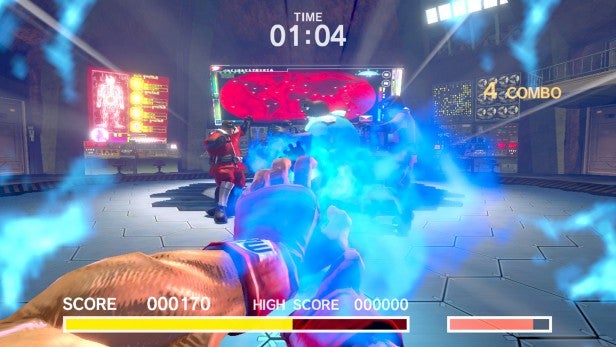
There’s one big problem with Ultra Street Fighter 2, and it isn’t actually much to do with the game itself: it’s the controls. The Switch isn’t made for fighting games. There’s no proper D-pad, and its four directional buttons are too far apart to work as an adequate substitute.
This leaves you with the analog stick, which isn’t that good, either. It’s fine for a casual bash, but it doesn’t offer nearly enough precision if you want to consistently pull off big moves. My Hadoukens worked only about two thirds of the time – I’m a little rusty, but I’m pretty sure I’m better than that. The more skilled you are, the more frustrating it will be.
It gets worse if you try local two-player mode with one Joy Con each. They’re small and fiddly enough to induce hand cramps with even the simple controls of Mario Kart 8 – throw in a bunch of complex moves and its a total mess.
Capcom seems to have recognised the limitations of the controls, because there is a ‘Lite’ control option that places shortcuts for special moves on the Switch’s touchscreen. This allows you to simply forget about frantically bashing DOWN, LEFT, KICK and just tap the screen. It’s kind of cheating, but it’s a simple and effective way to keep things fun – especially for newcomers. It will help you swear less on the bus.
For me, the only solution is to use the Switch’s Pro controller. The cheapest one I could find cost £60, which is basically twice the price of the game itself. But there’s no viable alternative if you want to play this game properly.
It makes a huge difference, too. There’s a D-pad for traditionalists, but the analog stick is far more precise than the one on the Joy Cons. Suddenly, I was once again pulling ten Hadoukens out of ten. Street Fighter 2 became fun again.
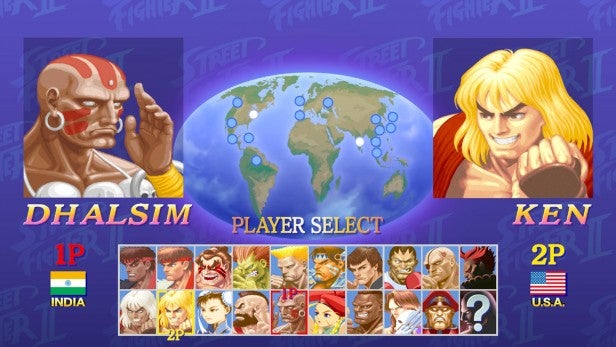
Verdict
I’ve loved this game since I was a child, and I’ve always felt that it was in need of only minimal tweaks to bring it up to date. And Ultra Street Fighter 2 is exactly that – familiar territory but with better graphics, plus a few nice-to-have but non-essential extras.
My biggest concern are the controls, since the Switch clearly isn’t built for fighting games. The Switch Pro controller is an effective fix, but it’s expensive. If you don’t already have one and invest in one just for this game, you’re looking at £95 – which is quite steep for a game that’s nearly 30 years old.
This is no reflection on the game itself, however. I had a blast, and I’m certain that Ultra Street Fighter 2’s £35 price tag won’t hold for long. If you already own a Switch Pro controller, or you’re happy to take this as an opportunity to splash out on one, I wouldn’t hesitate to recommend Ultra Street Fighter 2.

